“You can never get a cup of tea large enough or a book long enough to suit me.”
C.S. Lewis

Welcome to this week’s Weekend Bookshelf, where hopefully the content will be both enlightening and enjoyable. This week the Bookshelf has a bit of a Western theme to it. I didn’t plan on doing a theme, but once the ball got rolling it was just too hard to stop.
Time-Life’s The Old West
I am a child of the American West; I was born and raised in the lands of cobalt blue skies and single digit humidity. I’ve lived in Colorado, California and Washington; and have traveled extensively throughout the West ever since I was a small child. For all that I was, until about ten years ago, shockingly ignorant about the region I call home.
Oh, I knew quite a bit about the myth and lore of the American frontier. After all, 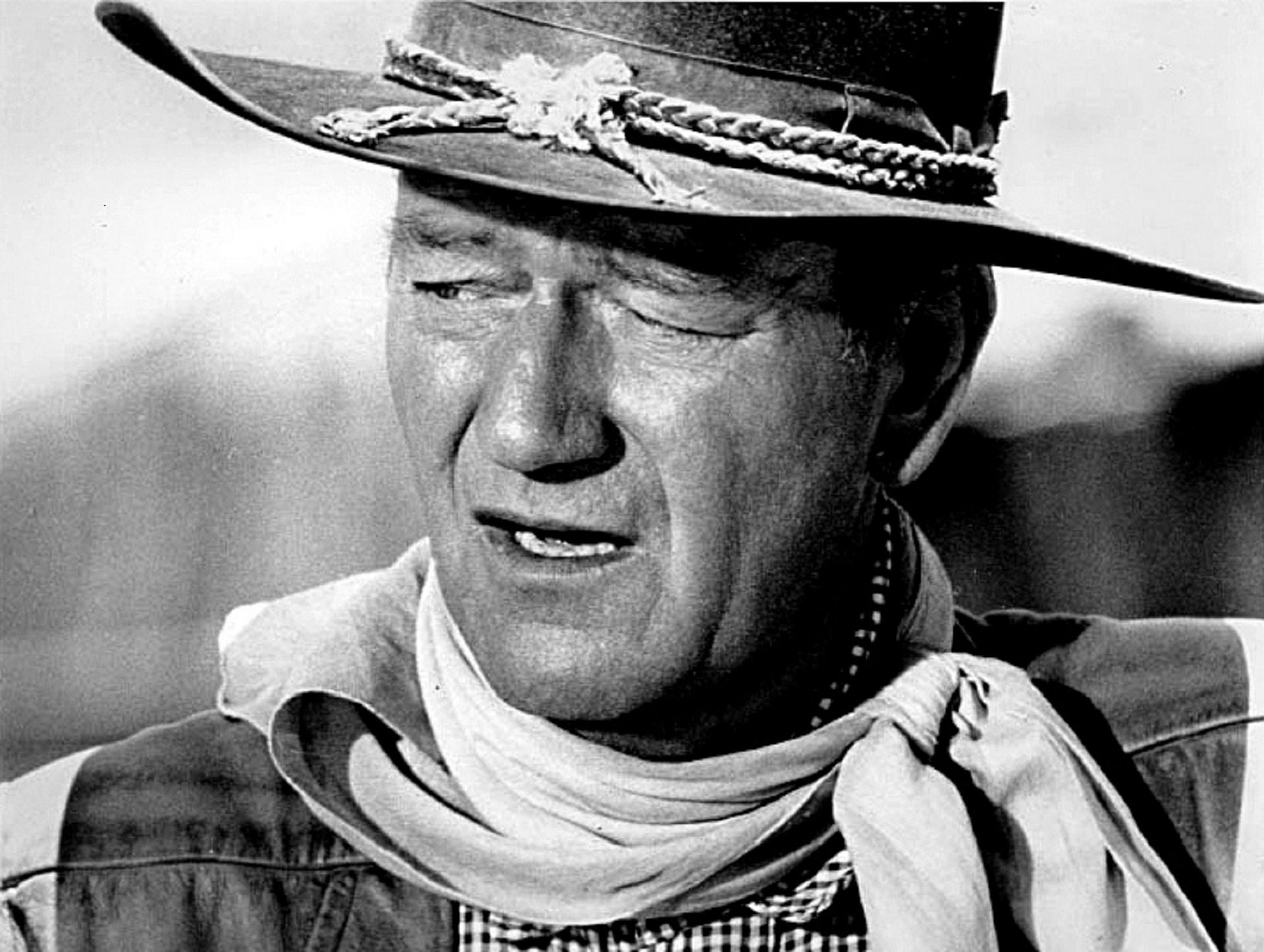 western movies and TV shows were still fairly popular during my childhood. Bonanza, Gunsmoke and Death Valley Days were still going strong on TV. John Wayne was still the silver screen’s Colossus of the Western. I caught many of his moves at Fox Theater on Colfax Avenue: movies such as Chisum, Rio Lobo and Big Jake. My favorite Wayne movie as a kid was The Cowboys. My friends and I whooped it up during the third act when the young cow-pokes, who were the same age as us when the movie came out, gave Bruce Dern and his gang of rustlers some well-deserved frontier justice.
western movies and TV shows were still fairly popular during my childhood. Bonanza, Gunsmoke and Death Valley Days were still going strong on TV. John Wayne was still the silver screen’s Colossus of the Western. I caught many of his moves at Fox Theater on Colfax Avenue: movies such as Chisum, Rio Lobo and Big Jake. My favorite Wayne movie as a kid was The Cowboys. My friends and I whooped it up during the third act when the young cow-pokes, who were the same age as us when the movie came out, gave Bruce Dern and his gang of rustlers some well-deserved frontier justice.
But my grasp of the real history of the West, both Old and Modern, was very weak. I was even unfamiliar about the history of my home state of Colorado. I knew about the gold rush of 1859, how Mollie Brown was on the Titanic and (thanks to my mother’s stories about growing up on the eastern plains of Colorado during the Depression) the Great Dust Bowl.
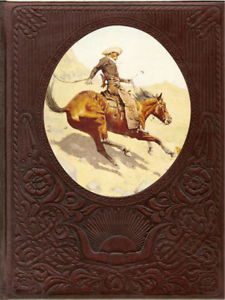 It wasn’t until the Vintage Family and I went on a long road trip around the American southwest, which we nicknamed “The Great Southwest Desert Tour”, that it began to dawn on me just woefully ignorant I really was about the region that I lived in. Upon our return I vowed to correct that deficiency. But I wasn’t sure where to start my education, until I remembered something from my childhood.
It wasn’t until the Vintage Family and I went on a long road trip around the American southwest, which we nicknamed “The Great Southwest Desert Tour”, that it began to dawn on me just woefully ignorant I really was about the region that I lived in. Upon our return I vowed to correct that deficiency. But I wasn’t sure where to start my education, until I remembered something from my childhood.
The father of one of my boyhood friends was an avid reader and had a substantial personal library. I will call this man “Mr. B”. In Mr. B’s literary collection was a series of books that fascinated me: Time-Life’s The Old West. I loved the stamped faux-leather covers and the amazing photos and paintings on the pages inside. I remember being especially intrigued by the volume labeled “The Gunfighters”. Often, when I visited my buddy’s house, Mr. B would let me leaf through these riveting books. I used to think how cool it would be if someday I owned these books myself. But time moved on, and in a few years girls and Star Wars consumed my attention. I forgot all about The Old West.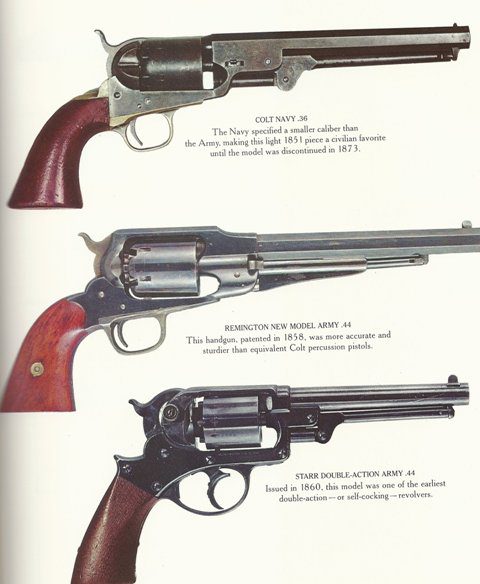
Fast forward to circa 2005, when I began my quest to educate myself about the West. I started this quest by collecting and reading the entire Old West series. I began rummaging through used bookstores around the Denver Metro area; the Tattered Cover was a good resource, but Capitol Hill Books was a literary gold mine. When I had purchased all the volumes I could find from the local stores, I bought the rest on eBay and Amazon (including the difficult to find “Master Index”).
Considering these books were published in the 1970’s, they have aged remarkably well. The authors of this series were real historians, and they produced fair and balanced books. They didn’t sugar coat some of the darker parts the westward expansion, but neither did they produce anti-American screeds that too often pass for historical writing these days. They portray the denizens of the West as what they were: flawed human beings. Time-Life’s The Old West volumes are enjoyable and informative reads. Plus, they look really cool on my bookshelf. 
FROM THE NIGHTSTAND
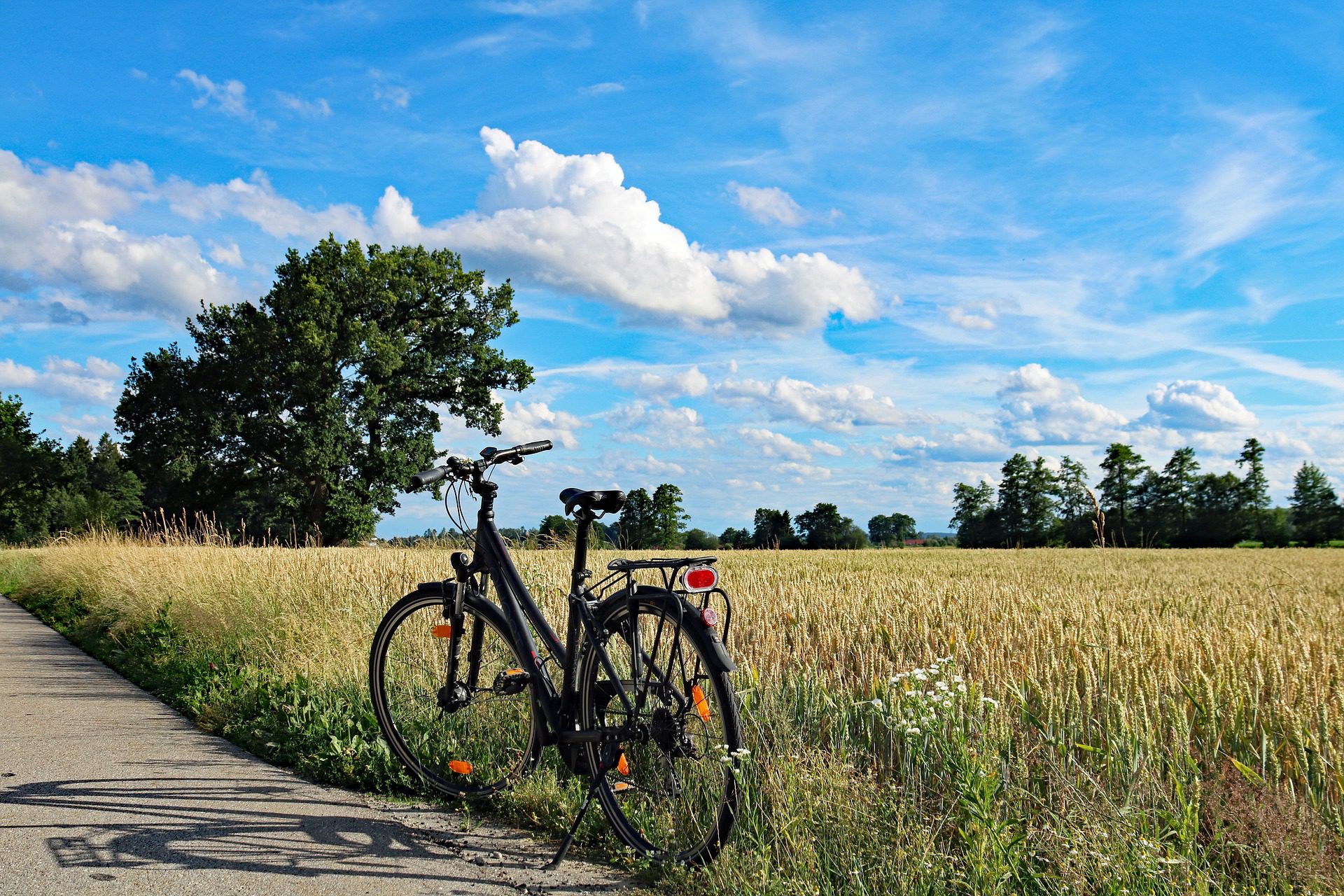 Back in the very early 1980’s, I dreamed about touring across the United States on my bicycle. The seed for this dream was sown while I was on cross-country trip with my parents. Somewhere in Montana we stopped at a gas station to fuel up and stretch our legs. While there we ended up talking with a couple of bicyclists who were riding to the west coast. Ok, full disclosure: I was in the midst of late-teen angst and too introverted to talk to these adventurers. My PARENTS talked to the bicyclists while I listened in. But I was entranced with idea that I too could ride a bike across America.
Back in the very early 1980’s, I dreamed about touring across the United States on my bicycle. The seed for this dream was sown while I was on cross-country trip with my parents. Somewhere in Montana we stopped at a gas station to fuel up and stretch our legs. While there we ended up talking with a couple of bicyclists who were riding to the west coast. Ok, full disclosure: I was in the midst of late-teen angst and too introverted to talk to these adventurers. My PARENTS talked to the bicyclists while I listened in. But I was entranced with idea that I too could ride a bike across America.

Vintage Trek touring bike
A couple of years later, around ’84 or ’85, I bought a Trek 520 steel touring bike. Cost me about $800, which I would hazard to guess would be approximately $15,000 in today’s dollars. I asked for, and received, bike panniers and racks for Christmas and my birthday. All for naught, because I ultimately chickened out.
I still fantasize about someday doing a long bike tour, which is why I am a sucker for books by people who actually have actually done the deed. I live vicariously through their stories. Which brings us to today’s doubleheader book review: Bicycling beyond the Divide by Daryl Farmer and Life is a Wheel by Bruce Weber.
My interest in these two books extends beyond just the bicycling. Both these men were middle-aged when they took made their ride. While they had various reasons for making their odyssey, ultimately both men were trying to come to terms with getting older and finding a new sense of purpose. They were bicycling their way through a mid-life crisis.
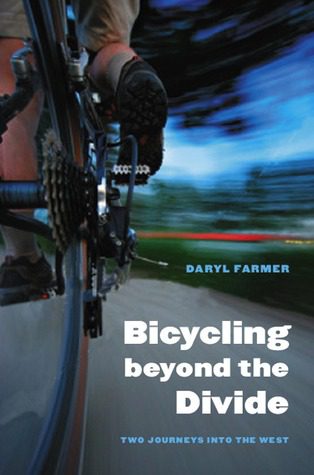 Bicycling beyond the Divide: Mr. Farmer actually made the same cross-country ride twice. The first time in 1985 (about the time I sadly chickened out) when he was 22 years old, and then again in 2005 at 42. Mr. Farmer didn’t go from coast to coast. Instead, he left from Colorado and made his way to the Pacific Northwest, then down to San Francisco and finally across Nevada, Utah and Arizona until he returned to his starting point in Colorado Springs.
Bicycling beyond the Divide: Mr. Farmer actually made the same cross-country ride twice. The first time in 1985 (about the time I sadly chickened out) when he was 22 years old, and then again in 2005 at 42. Mr. Farmer didn’t go from coast to coast. Instead, he left from Colorado and made his way to the Pacific Northwest, then down to San Francisco and finally across Nevada, Utah and Arizona until he returned to his starting point in Colorado Springs.
Divide compares and contrasts Mr. Farmer’s two trips; from the wide-eyed and directionless young man in 1985 to the cynical yet wiser older man in 2005. His book also describes the changes he observed in American West that occurred during the ensuring years 20 years.
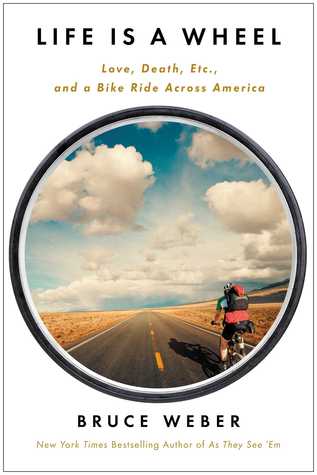 Life is a Wheel: Mr. Weber was 57 years old when he made his coast to coast trip. Starting from Oregon, Mr. Weber rode eastward (apparently the easier direction) across the northern U.S. toward his home in NYC.
Life is a Wheel: Mr. Weber was 57 years old when he made his coast to coast trip. Starting from Oregon, Mr. Weber rode eastward (apparently the easier direction) across the northern U.S. toward his home in NYC.
Mr. Weber’s ride could be considered a really, really late mid-life crisis. His book is more of an inward reflection on life, growing old and death. Not that this book is depressing; it’s not. But Mr. Weber doesn’t flinch from facing his fears, flaws and inevitable demise.
Conclusion: both books are enjoyable reads for those who are into bicycle travelogues. But even those who aren’t into bicycling books will find these interesting. You like travel? How can you not like a well-written travel book, even if it’s about traveling on a bike?
I will say that I enjoyed Bicycling beyond the Divide a little more. While Mr. Weber is perhaps a more polished writer, his Wheel is, in my opinion, a tad too focused on the road itself and not enough on the people and places he encounters. Mr. Farmer’s book gives us a better glance at the passing countryside and the people who call it home.
Three and half thumbs up for both.
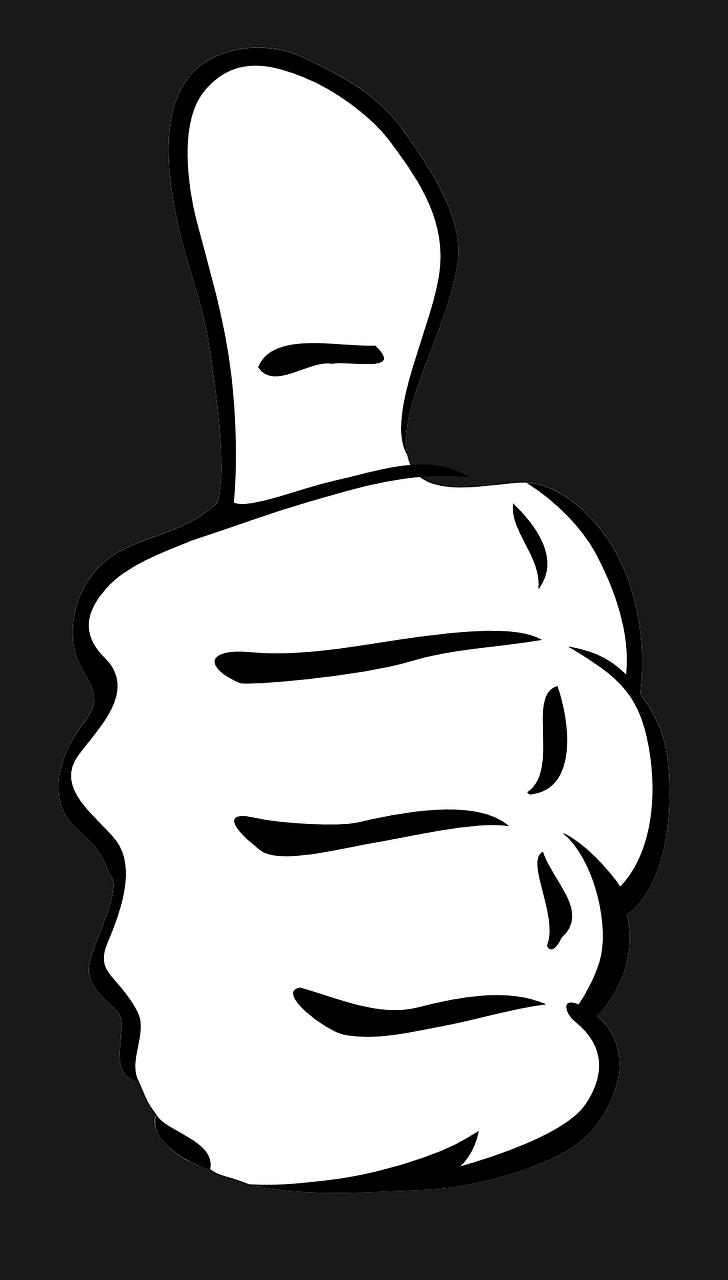


![]()
ON THE BOOKSHELF
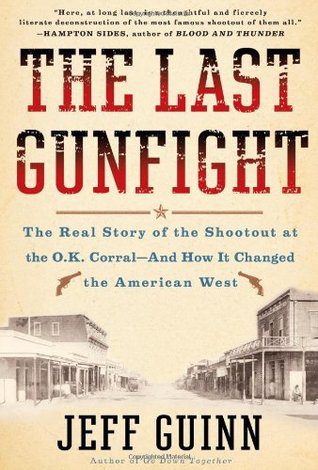 When writing my newest page, The American West, I generated a list of books that people interested in the history of the Old West might find informative. While putting the list together, I realized that one of the books I cited I actually hadn’t finished yet! That book would be “The Last Gunfight” by Jeff Guinn.
When writing my newest page, The American West, I generated a list of books that people interested in the history of the Old West might find informative. While putting the list together, I realized that one of the books I cited I actually hadn’t finished yet! That book would be “The Last Gunfight” by Jeff Guinn.
A well researched account of the gunfight at the O.K. Corral, this book covers not just the gunfight, but also the aftermath and the beginnings of the Western gunfighter mythology. Definitely bound for a return engagement on my nightstand soon.
As always, comments and suggestions are welcome.
That’s it for this week’s Bookshelf. Y’all be safe out there this week!

